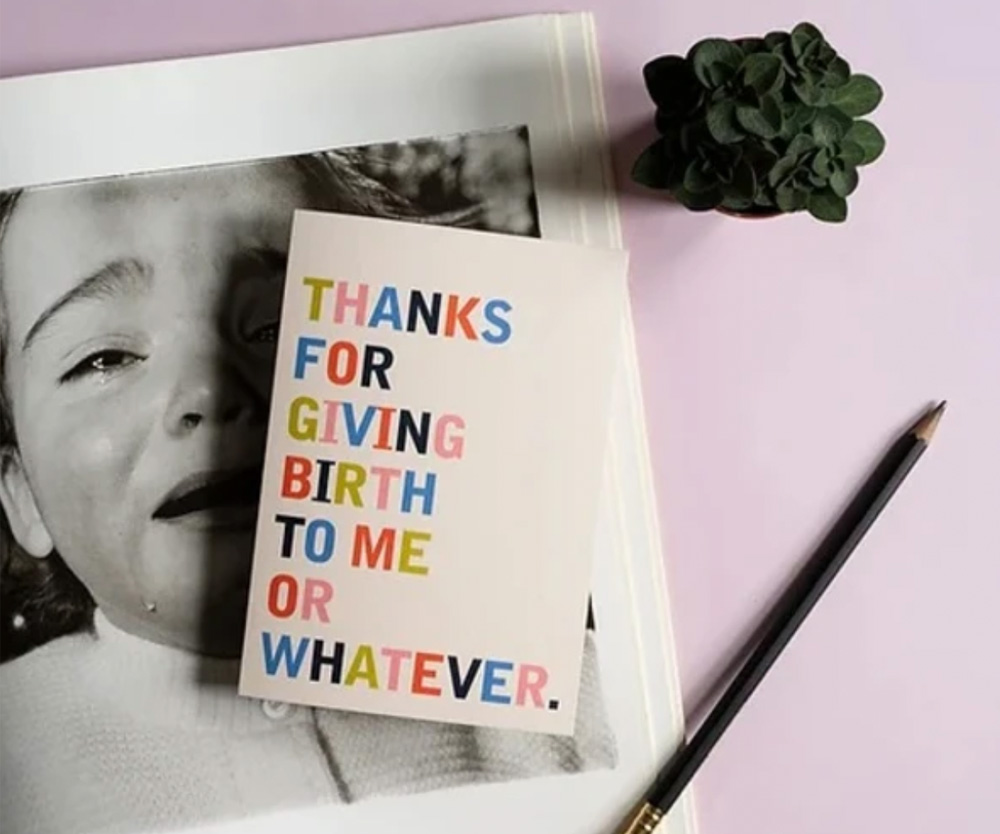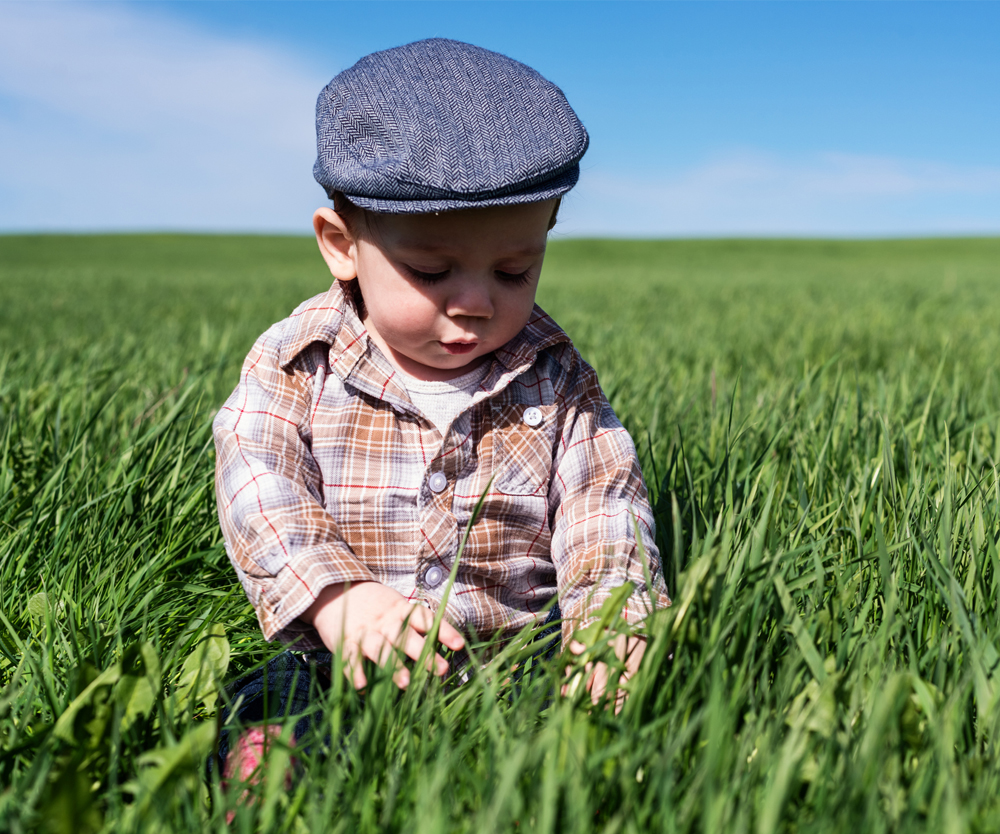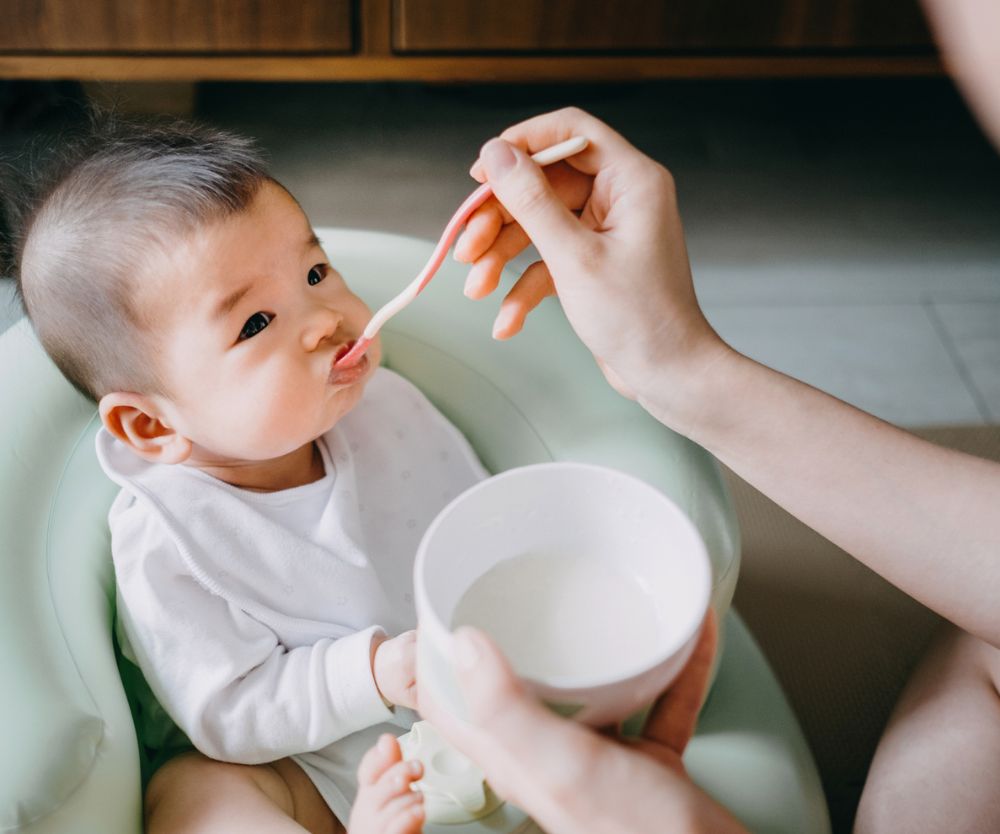Myopia is the biggest eye health issue for children: What is it and how can you minimise the risk?
One in four Australian kids experience eye problems.
One in four Australian kids currently experience eye problems in some form but a whopping 44% of children don’t have an eye examination before their ninth birthday. This is sometimes too late to reverse early issues.
Myopia is the biggest eye health issue affecting children today and it is estimated that by 2050, myopia will affect more than 50% of the world’s population
Healthy Harold, the much-loved Australian children’s icon, has partnered with leading eye care retailer OPSM to teach kids about eye health and myopia.
“We believe that partnering with a well-known character like Healthy Harold, will help us spread the word about the importance of eye health in children, particularly when it comes to myopia,” explains Carl James, OPSM Vice President Sales & Operations.
Myopia, commonly known as shortsightedness, is an eye condition which affects a child’s ability to see distant objects. Early detection is crucial for correction, and if undetected, it can lead to further, more serious eye damage in later life.
There are a number of signs to look out for in your child including distance vision becoming blurred, moving closer to the TV, reduced performance at school, complaints of headaches, tired eyes, and squinting eyes.

Healthy Harold is helping to teach kids about eye health and myopia.
How to minimise the risk of myopia in children
- Schedule an appointment with your local optometrist. As a priority, book in regular eye examinations for your child. Speak with your optometrist about any symptoms you have or haven’t noticed. In an ideal world, you want to detect the condition prior to your child starting school, and treat as required.
- Introduce restrictions on screen time for your family. For necessary screen time, put reminders on your device to take a 2-3 minute break every 45 minutes.
- Encourage interactive play with your child from a young age. From stacking building blocks to colouring in, this will help improve your child’s visual skills, and visually-guided eye-hand-body coordination, fine motor skills and visual perceptual abilities.
- Look out for any delays in your child’s development as this may indicate a vision problem. This could include difficulty with the recognition of colours, shapes, letters, and numbers. It is also important to be aware of the presence of vision problems like crossed eyes (strabismus) or lazy eye (amblyopia).
- Buy the proper safety equipment for your child’s activities. From sports to science, it is crucial your children have the correct equipment for these activities. Don’t forget about protecting from things you can’t physically see – like UV rays!
- Make time for outdoor play with your children. Focus on activities that promote hand-eye coordination. This could include throwing and catching a ball, or bike riding!
- Your eyes are big fans of food rich in antioxidants and omega oils. Ensure your child’s diet includes foods with these nutrients weekly. Suggestions include salmon, fruit (particularly berries), leafy green vegetables, and eggs.




